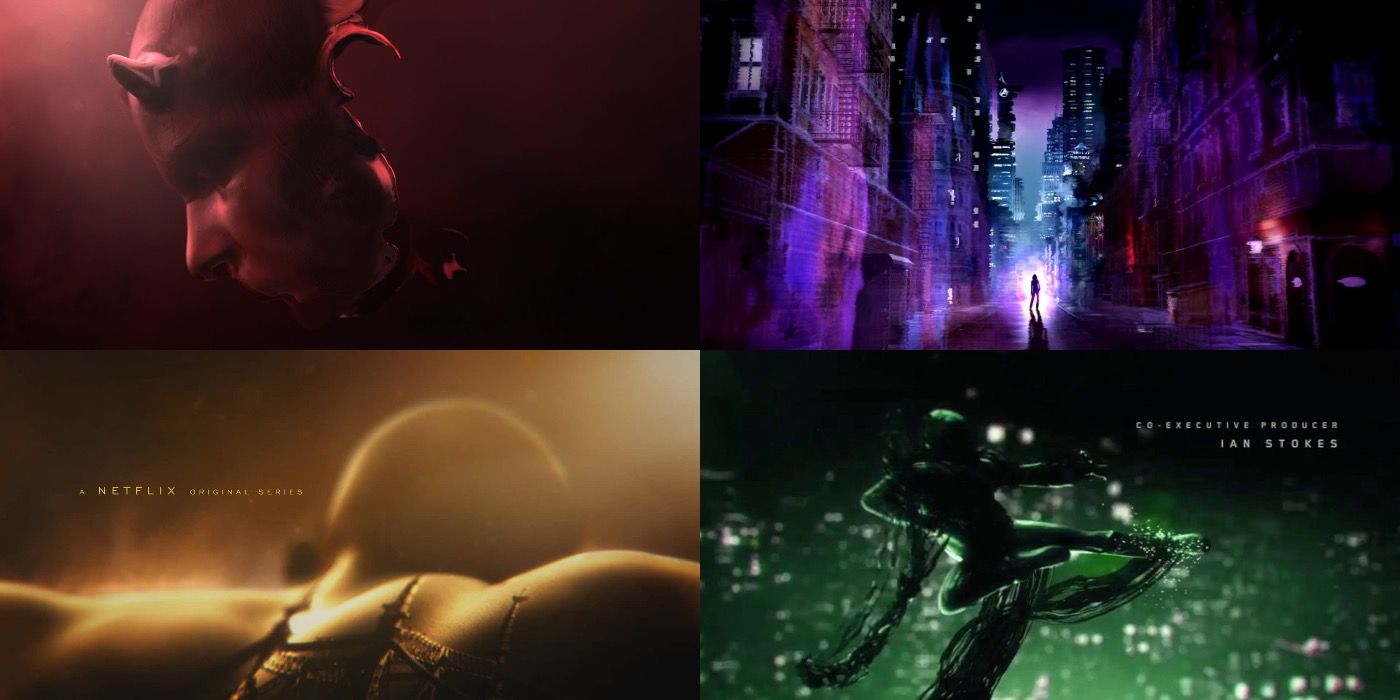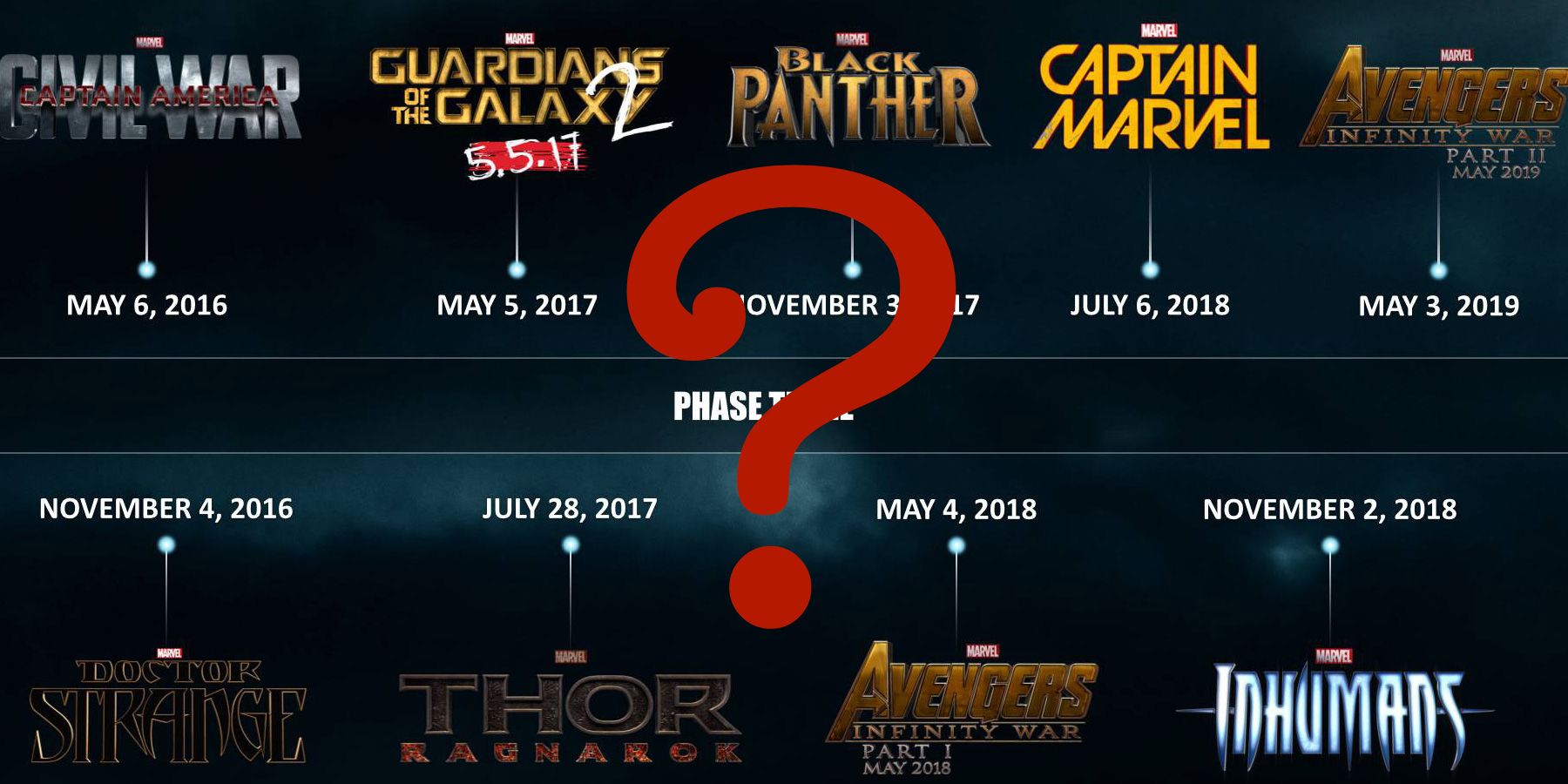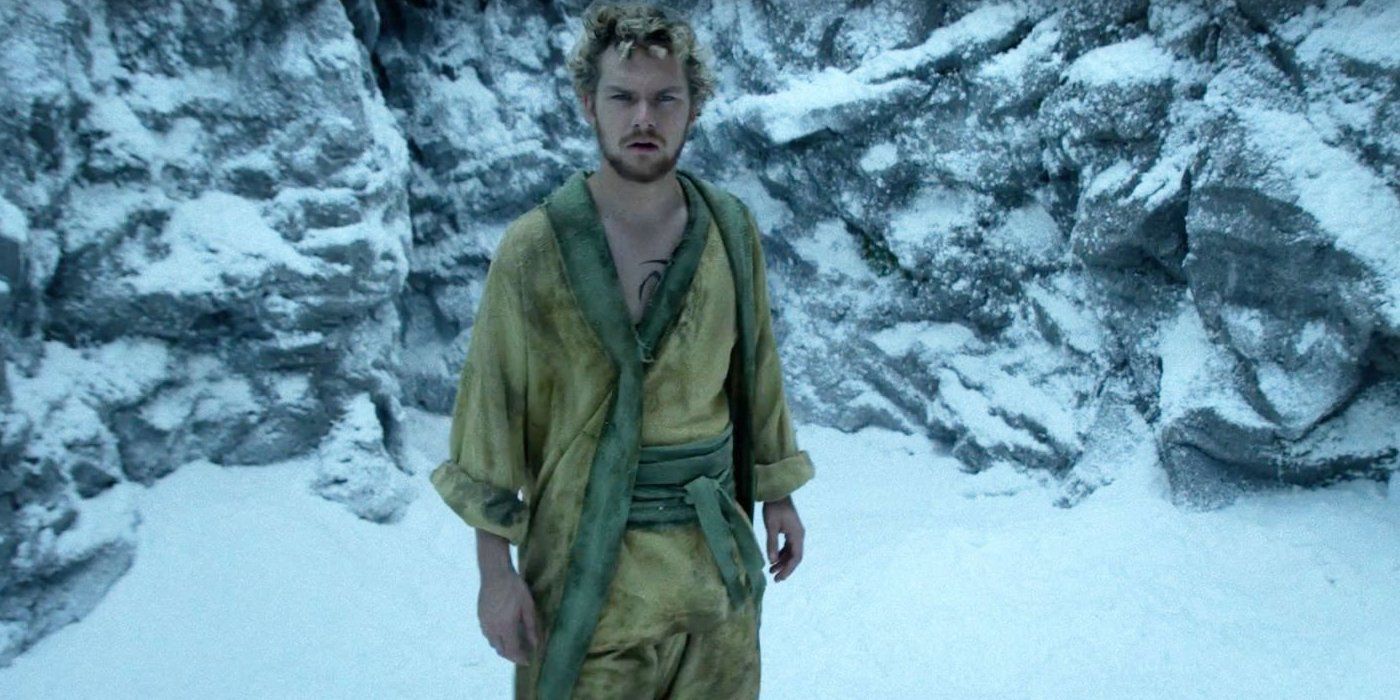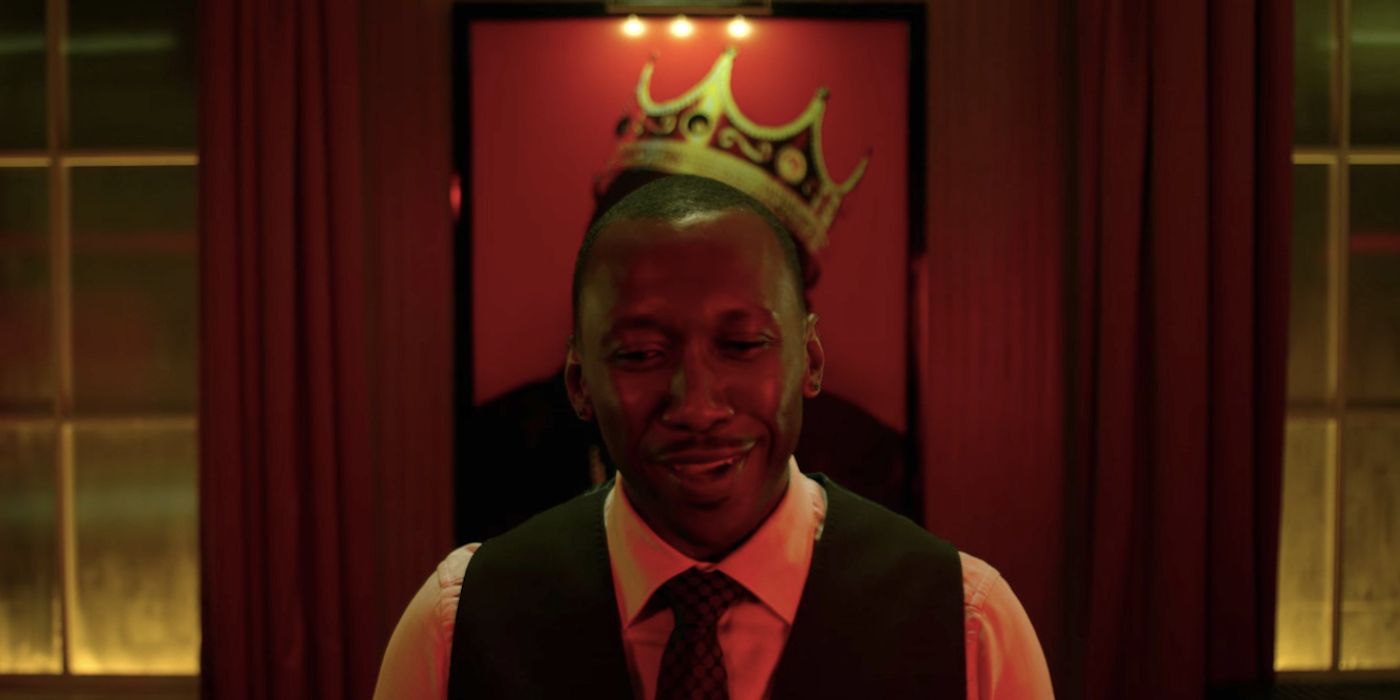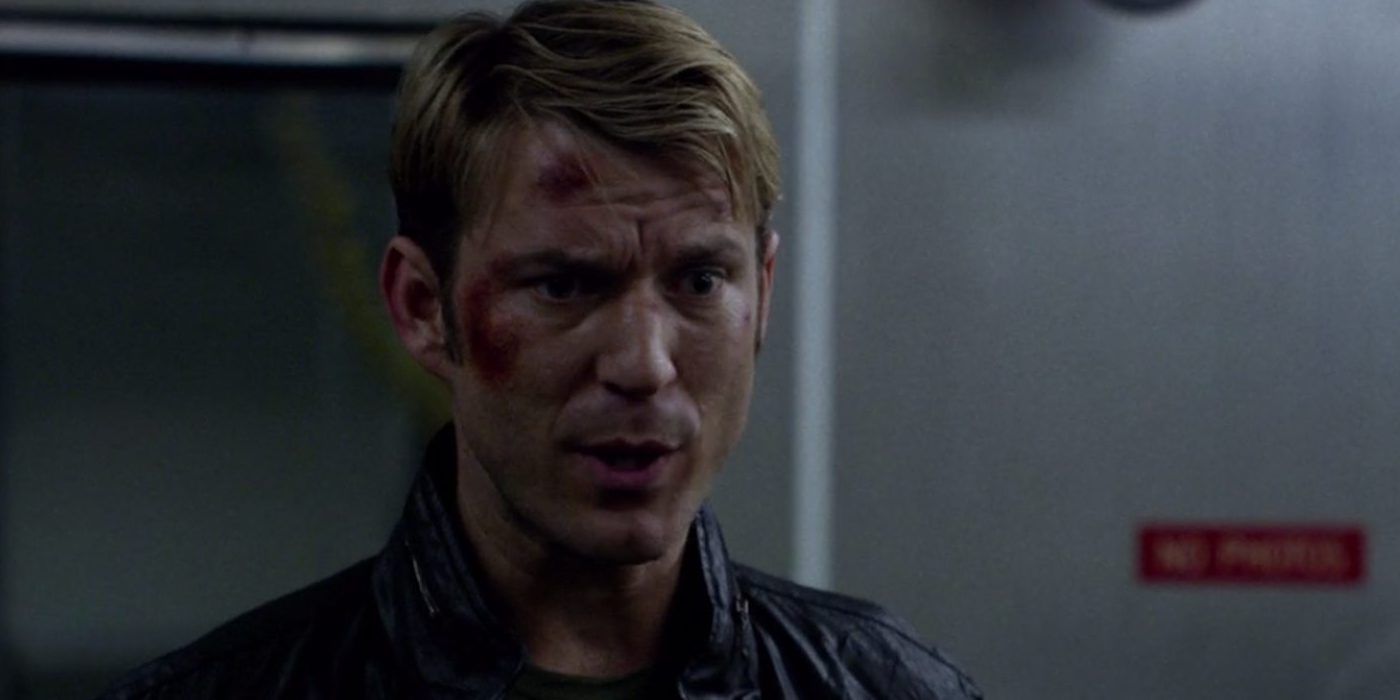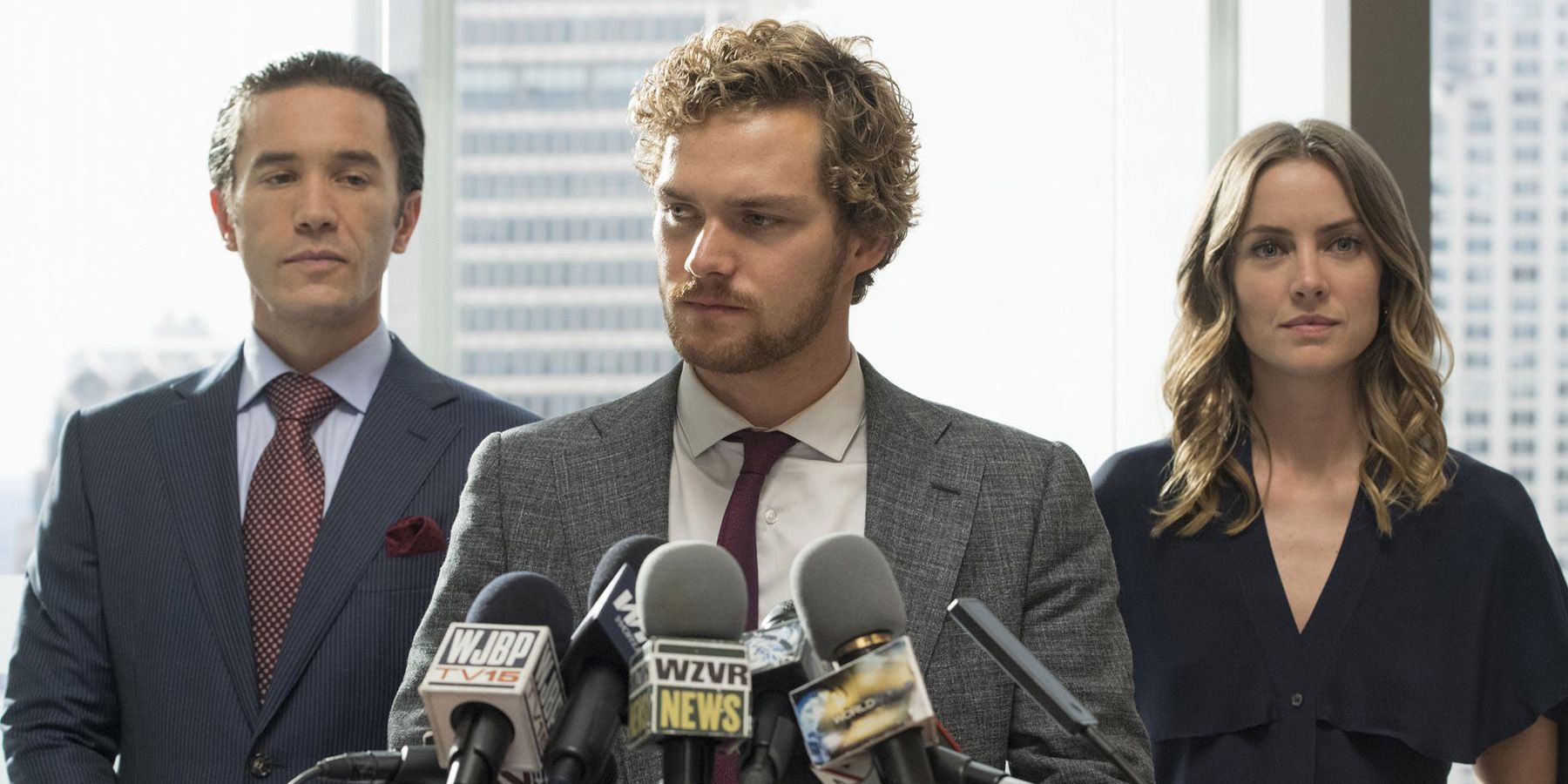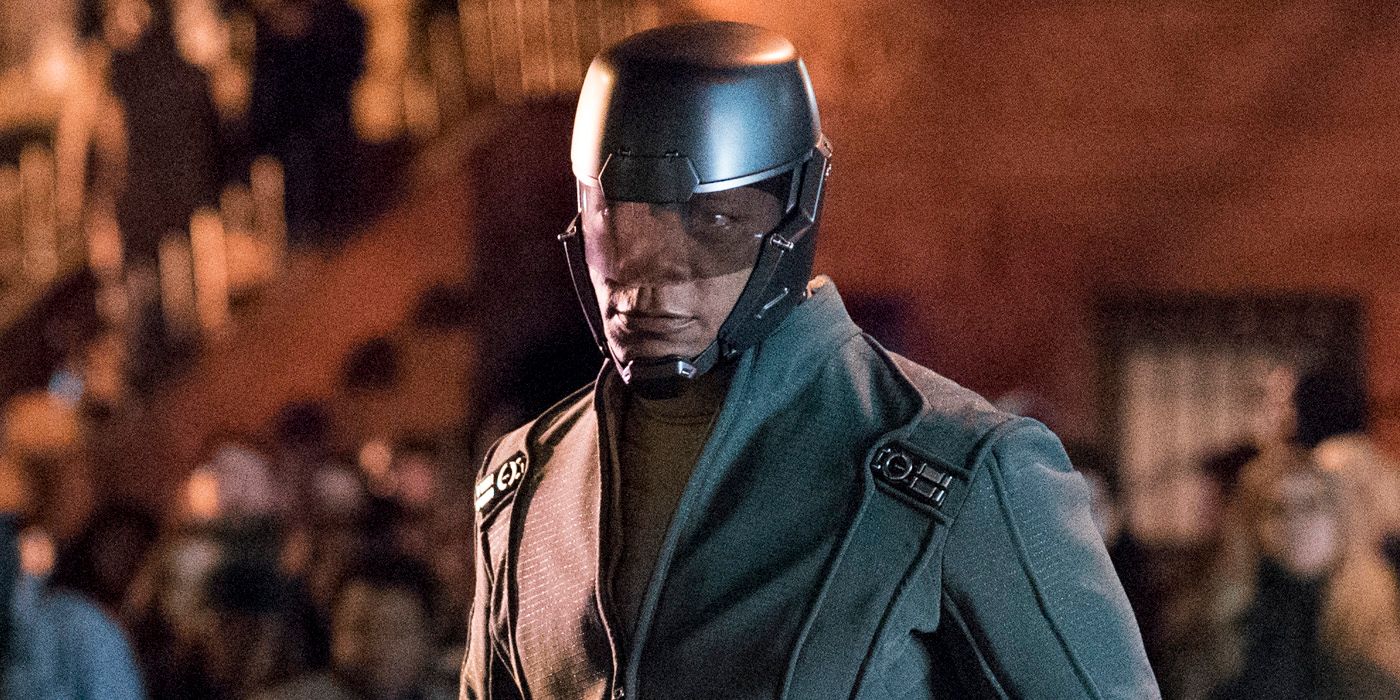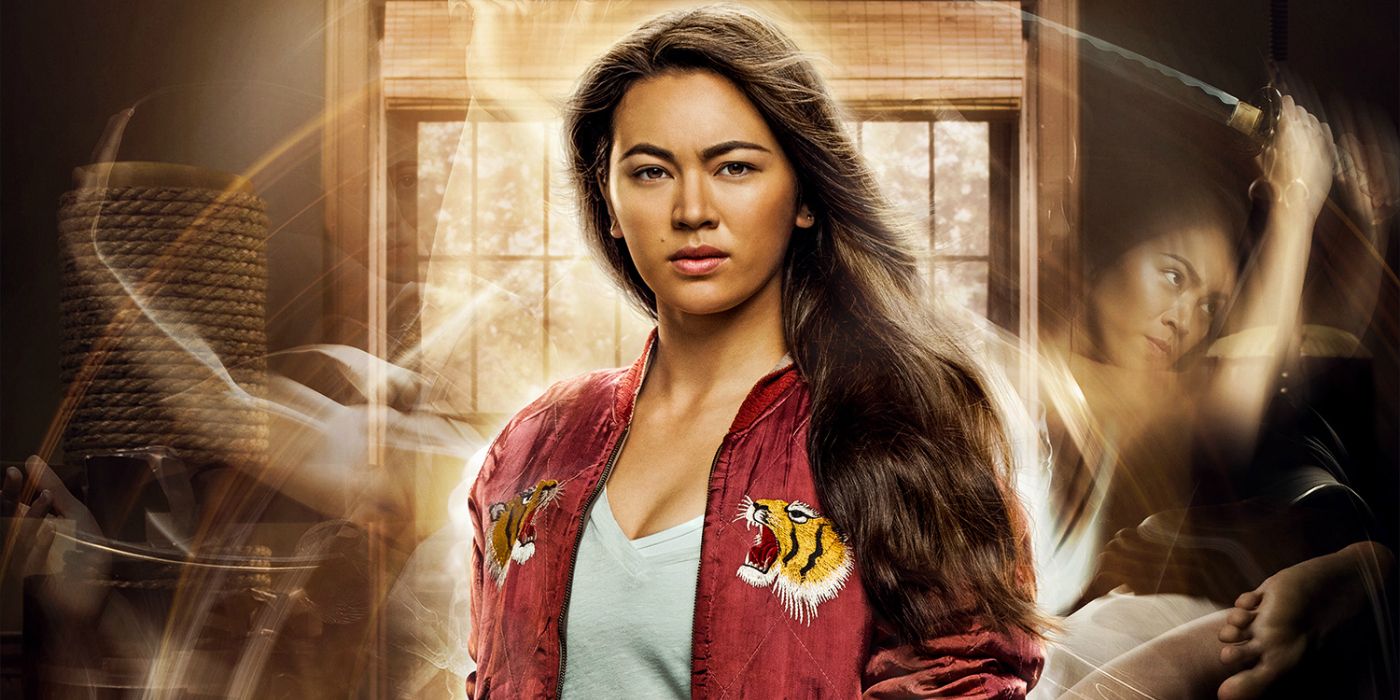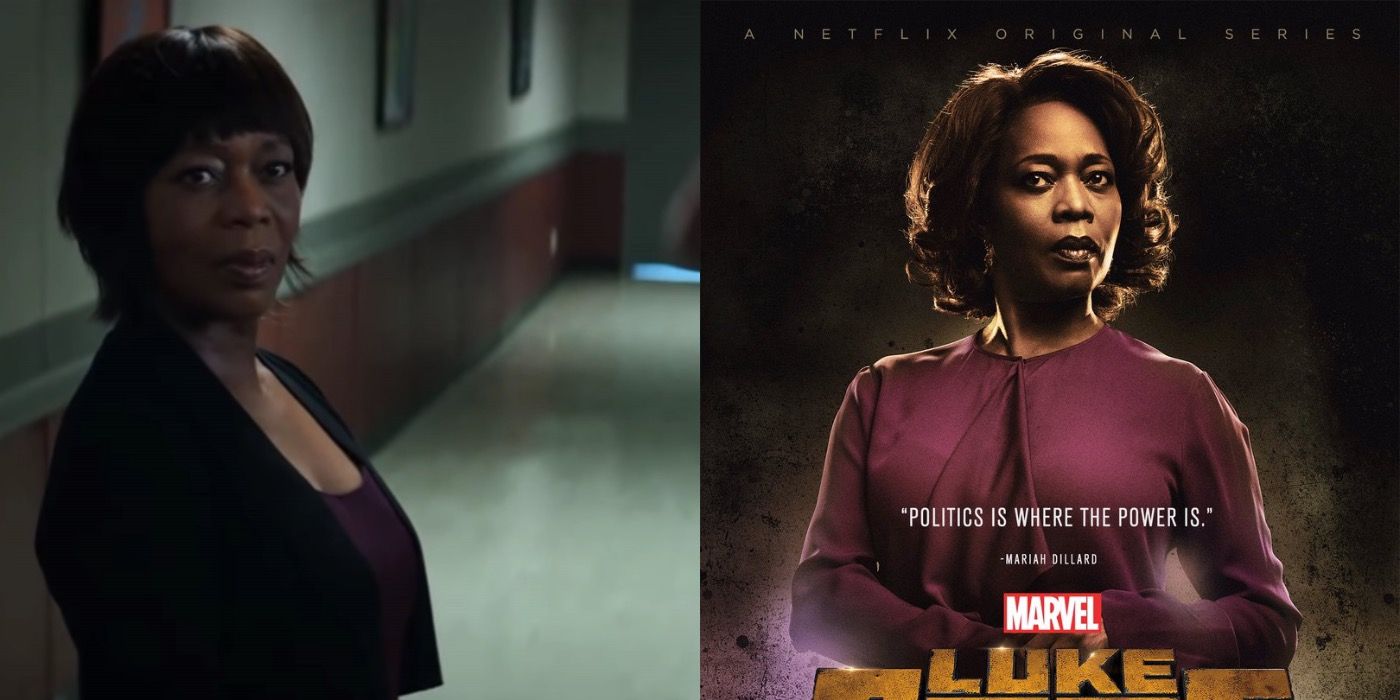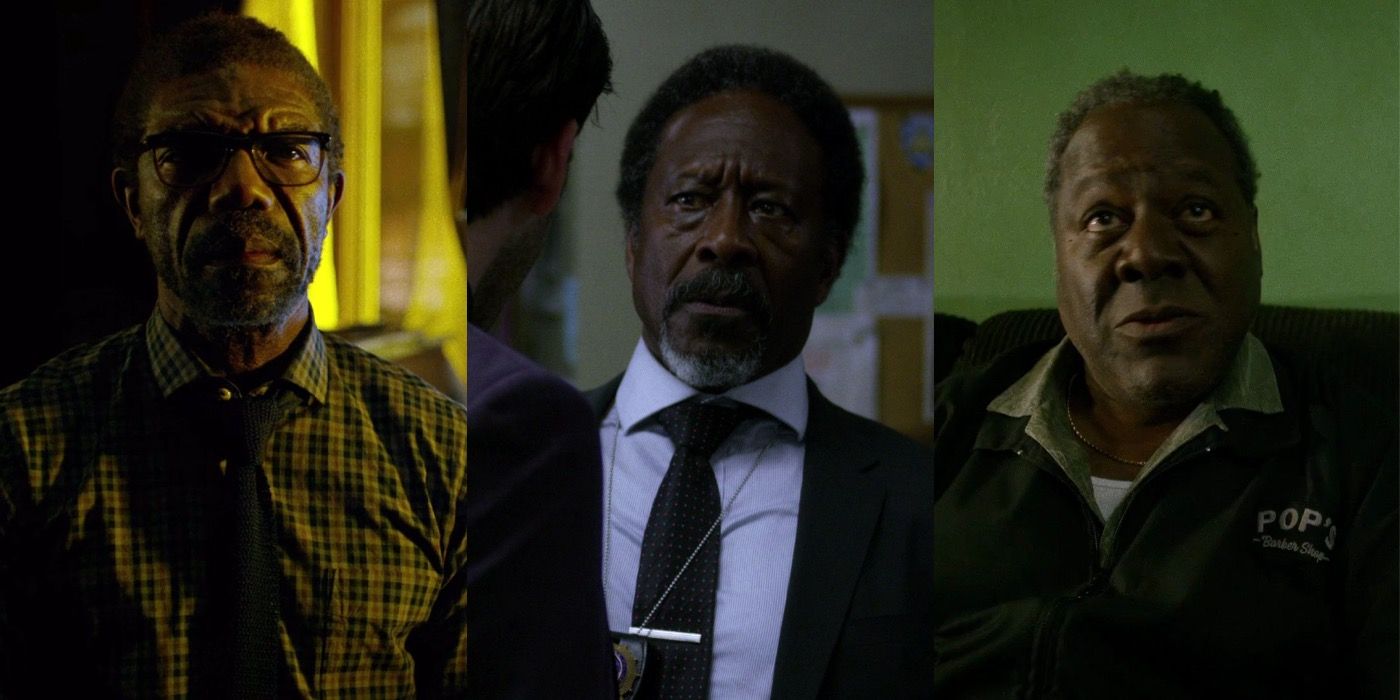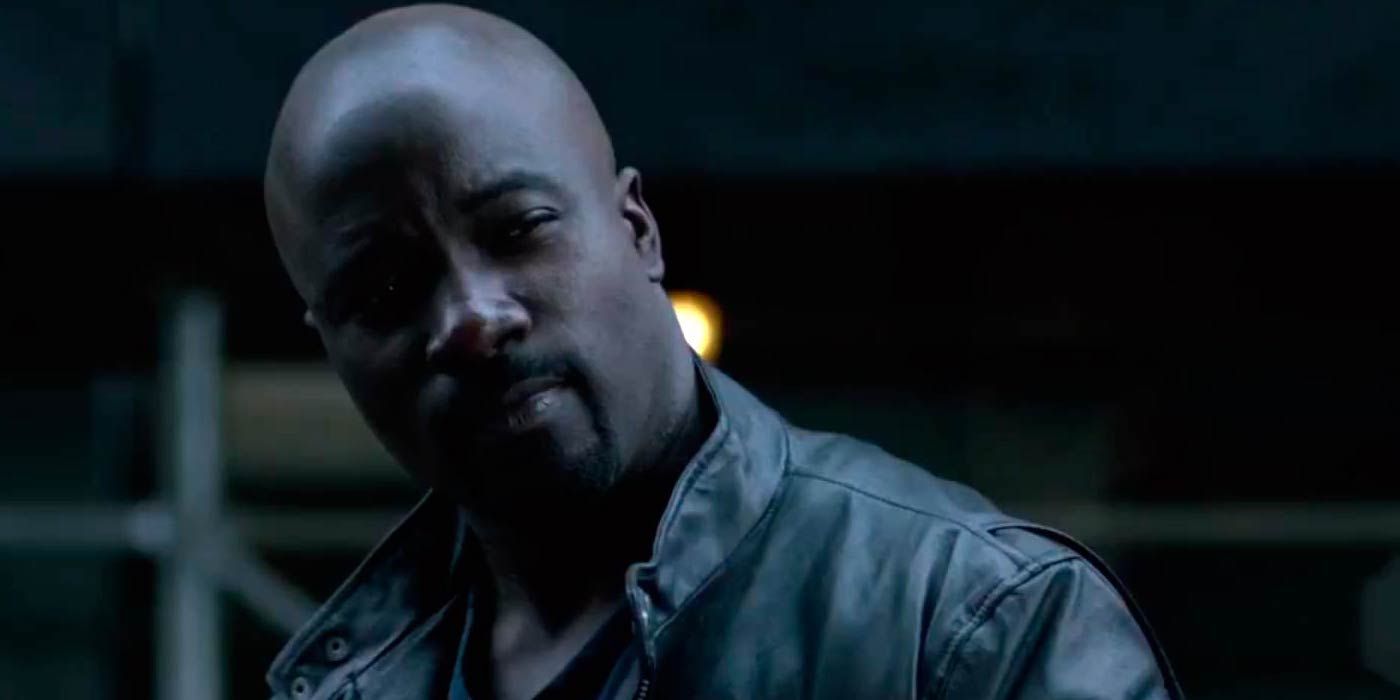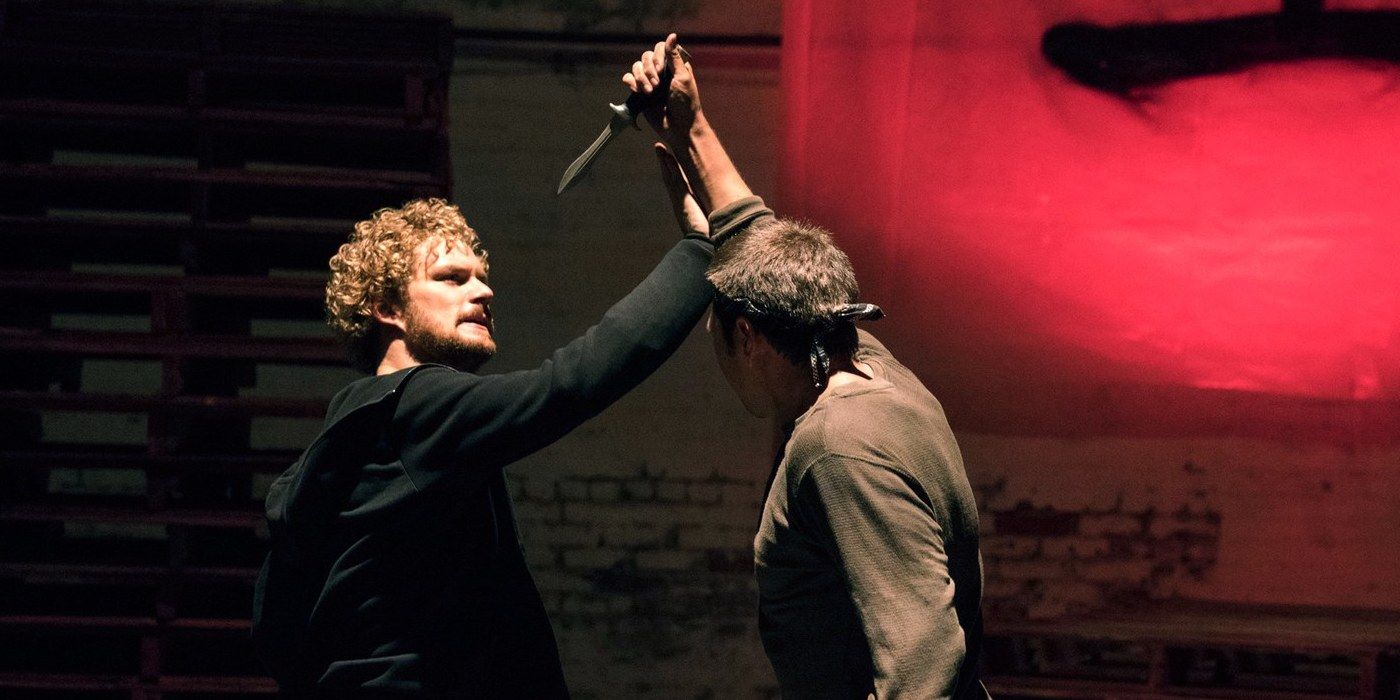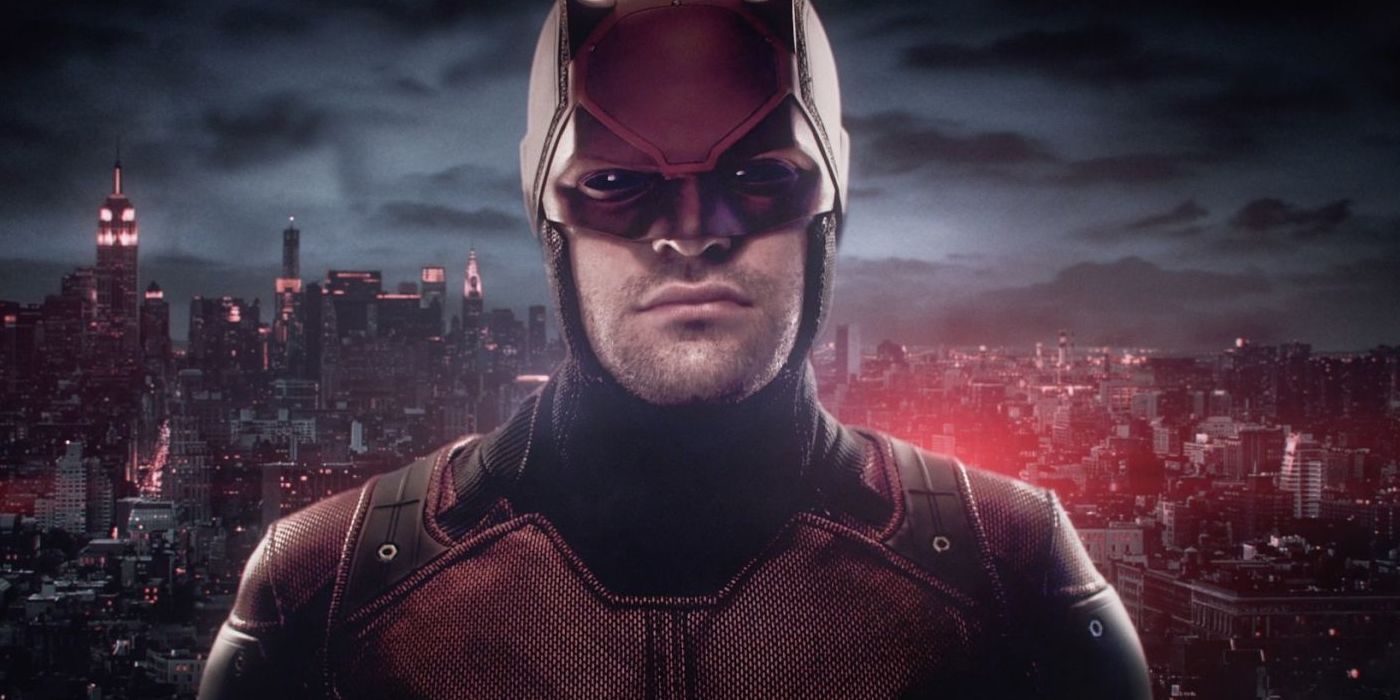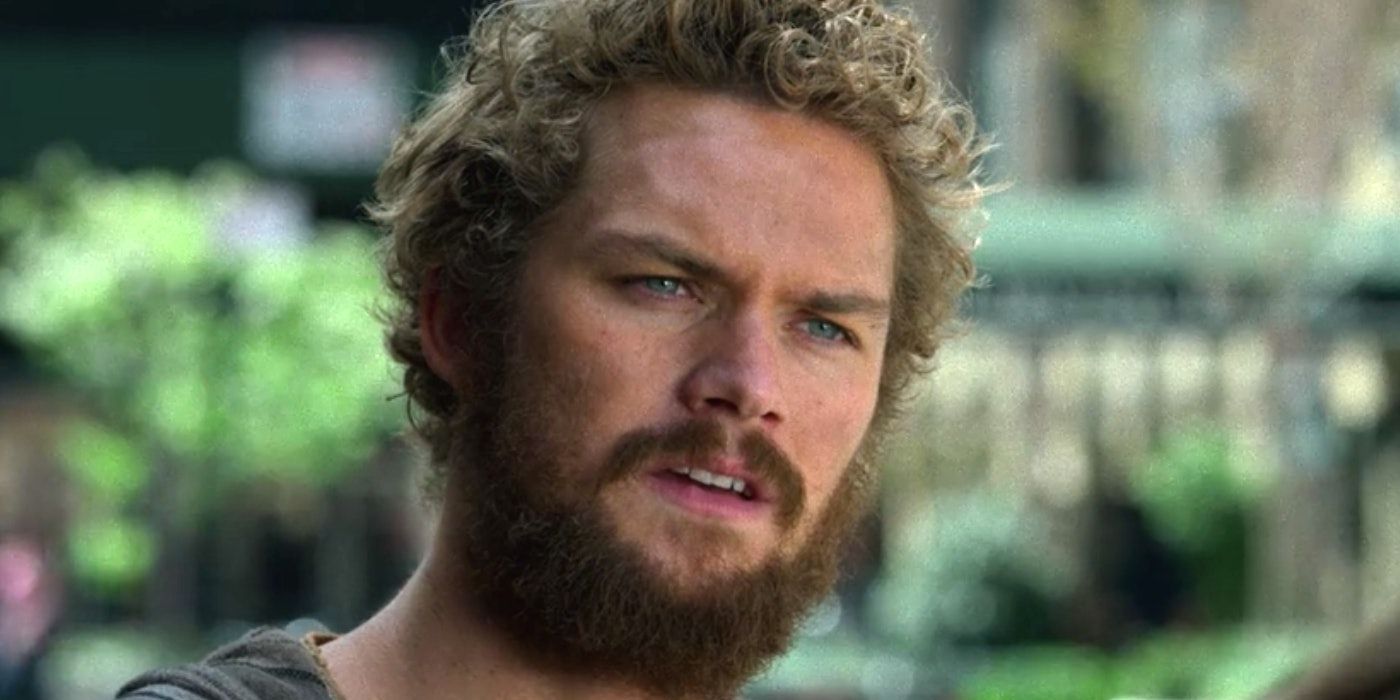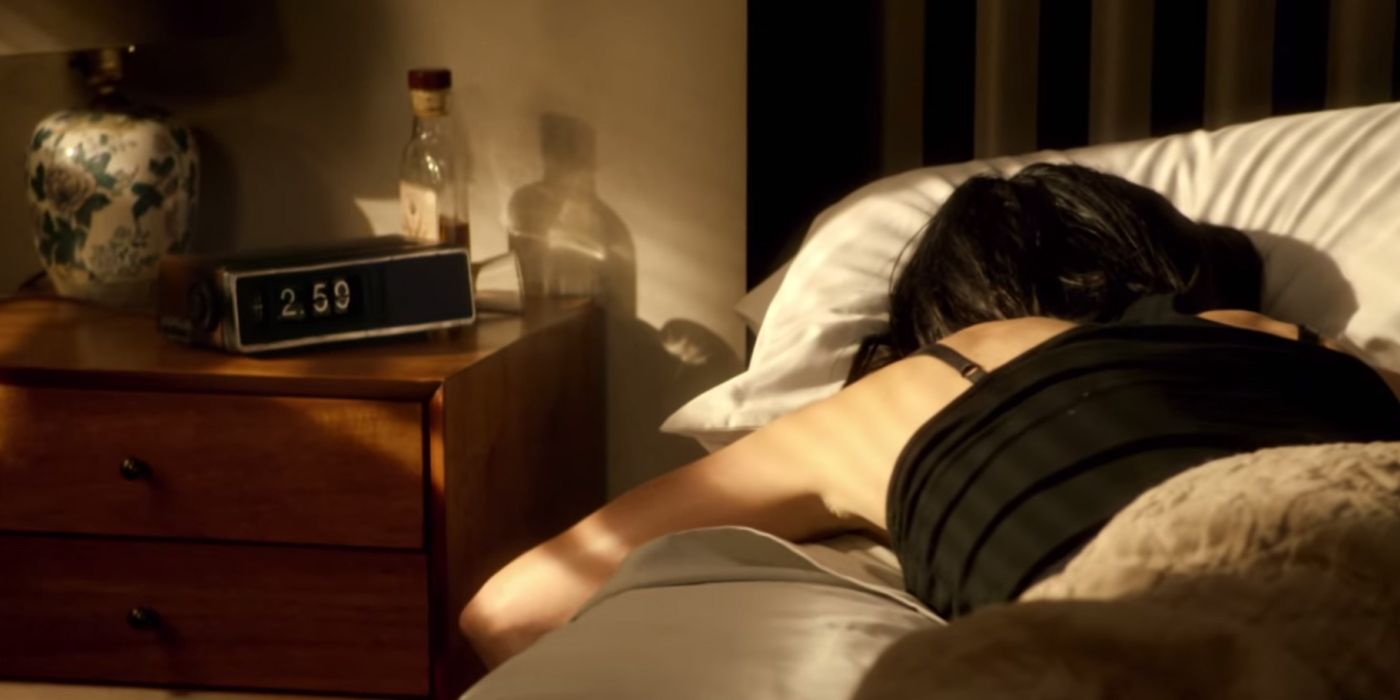On August 18th, 2017, the culmination of Marvel TV and Netflix’s insanely ambitious partnership kicks off as the four main heroes form The Defenders. Now that the final solo series, “Iron Fist,” has been released and we’ve all had time to binge, process and in some senses make peace with what it was, and with a premiere for “The Defenders” now set in stone, we have the right vantage point to look back on the five seasons of television that, sometimes to their individual detriment, worked so hard to set up this team-up series.
RELATED: The Road To Defenders: The Best Of Marvel's Solo Netflix Series
In our last installment, we highlighted the best of the Netflix solo series, the high watermarks of this massive undertaking. This time around, we’ll throw on our critical lenses and examine the low points, the most grueling parts of the Netflix MCU. Let's hope "The Defenders" learns from these mistakes.
WARNING: The following article contains spoilers for Netflix's various Marvel shows.
15 NO SENSE OF TIMELINE
Now, in fairness, Marvel Studios aren’t the most adamant about keeping a coherent timeline to begin with. The explanation that "Iron Man 3" and “Captain America: The Winter Soldier” happened in the same week, hence why neither helped the other, was blown to bits when “Agents of S.H.I.E.L.D” had an Extremis themed episode well before the fall of S.H.I.E.L.D., for example. Yet, aside from making it clear that all of the Netflix shows take place after "The Avengers" Battle in New York, there’s no sense of where any of the series fall in the broader MCU timeline.
"Agents of S.H.I.E.L.D" has a lot on its plate reacting to the MCU films in “real time” whilst telling their own story, and we’re not asking for Jessica and Luke to have long discussions about the ramifications of the Sokovia Accords, but even a general sense of timeline within the shows themselves would help. How much time has elapsed between “Jessica Jones” and, say, “Iron Fist?” How much passed between "Daredevil" Season 2 and "Luke Cage?" The perpetual presence of Claire Temple serves to establish through her arc that these shows do occur successively, but we never truly get our bearings as to what is happening when.
14 BARELY SEEING K’UN-LUN/THE COSTUME (IRON FIST)
While all four Defenders are described as “street level,” Danny Rand has a decidedly elevated origin that lives in the realm of high fantasy and eastern mysticism. After three series down and dirty in the streets of New York, it was an exciting prospect to imagine those gritty street brawls juxtaposed with the mystical kingdom of K’un-lun.
Naturally, it was therefore immensely frustrating to only be given peeks at the rich "Iron Fist" mythos for the entire series. All we saw of K’un-lun was the mouth of a cave and what we saw of the famous costume was in grainy historical footage. Sure, "Daredevil" teased out the red suit a while, opting for the Frank Miller “ninja suit” for the bulk of the season, but by the end of Season 1 they gave us what they’d teased, for better or worse. The wild, mystical mythology of the Iron Fist is the only thing that keeps our contemporary Danny Rand from feeling like a low-rent “Arrow.” So when a season’s worth of build up about this incredible kingdom ends with it…just gone? That’s enough to make us put our iron fists through a wall.
13 KILLING COTTONMOUTH (LUKE CAGE)
Our previous installment declared Mahershala Ali’s Cottonmouth to be the #6 best part of the entire MCU/Netflix undertaking, so you can imagine how heartbreaking it was to see such a charismatic character killed off. Yet often, ending such an engaging antagonist can often propel the plot forward, provide much needed catharsis or fundamentally affect our main hero, as we’ve seen with characters like Kilgrave. However, looking back, Cottonmouth’s untimely end seems superfluous and downright silly, and it's hard to see why the team thought taking him out would benefit the show as a whole.
Sure, the initial shock of Cottonmouth’s sudden death created an “anything can happen” sentiment towards the show, akin to Ned Stark’s dramatic end in "Game of Thrones'" game changing first season. Yet, looking back, the building territorial conflict between the cool, kingly Cottonmouth, the overly ambitious Shades and the flamboyantly fierce Diamondback would have made for far more intriguing TV than Diamondback’s unencumbered and abrupt takeover, playing out like “The Wire” or “A Fistful of Dollars,” with Luke Cage caught in the middle of two undesirable outcomes. Ultimately, what we lost out on in favor of a “shock” moment hardly feels worth it.
12 DRAGGING OUT NUKE (JESSICA JONES)
To be clear, this is not to say the subplot involving Will Simpson is in itself bad. It’s a great allegory for an abusive relationship, Wil Traval plays the character with incredible believability, and it helps establish Rachael Taylor’s Trish Walker as a character independent of Jessica. It also definitely could have been introduced and resolved in four or five episodes tops.
As mentioned, the subplot was a great allegory for an abusive relationship, but it was stretched out for so long hitting the same notes that after a while it was hard not to wonder “Ok, is there anything else?” It became evident they were setting up a Season 2 antagonist well before it got where it was trying to go, and while we comic fans love to dissect and guess ahead at what’s to come, it becomes frustrating to see the “longterm planning” machinations so obviously on display, and doing nothing to advance the current story being told (a la endless "Justice League" set up in "BvS"). It’s fine if you want to occasionally plant seeds for further seasons, but don’t stretch it out for so long we’re watching you go from hoe to harvest.
11 THE MEACHUMS (IRON FIST)
Easily the least interesting antagonists of the entire Marvel/Netflix saga, all the more frustrating for how great the villains had previously been. After absolutely Emmy-worthy roles like Vincent D’Onofrio’s Kingpin, David Tennant’s Kilgrave, Jon Bernthal’s Punisher and Mahershala Ali’s Cottonmouth, we somehow wound up with a knock-off Norman Osbourne, Ivanka and Don Jr. squaring off against Danny Rand.
Sure, the show mercifully shifts the narrative focus to Madam Gao and The Hand for its mid-section, but it never abandons the Meachums entirely, embroiling them in soap drama that, while well acted, does nothing to advance the plot, and takes away from a main story already struggling to hold our attention. In the end, "Iron Fist" turns the spotlight back to patriarch Harold Meachum as the evil Danny must conquer, and Joy’s subsequent disgust with Danny that aligns her with Davos. The show, it seems, thought we’d be missing the Meachums during the Hand-centric story arc. We weren’t.
10 THE BACK HALF OF LUKE CAGE
"Daredevil" Season 1 established a tone and structure, and the subsequent shows barely departed from that. That is, until "Luke Cage" took a big leap with bold choices regarding the series’ big bad, Diamondback. Those very attached to the established aesthetic derided Diamondback for being garish and over-the-top. However, fans of blaxploitation cinema teased by the obvious homages to the genre by the soundtrack were satiated by the grandness of Erik LaRay Harvey’s villain, who could spit Bible quotes alongside "The Warriors" references, who would fit perfectly in cult treasures like "Dolemite" and "Truck Turner."
Ultimately, the division over Diamondback amongst fans represents a larger identity issue "Luke Cage" suffered from. It wasn’t that "Luke Cage" was doomed if it embraced the blaxploitation genre it owed its origins to, but rather that it did so too late. The show seemed unsure what it wanted to be, prestige drama or B-Movie, and decided to do both. The problem, it seems, is that in order to embrace the latter, it shed the weight of its previous socially conscious grounded melodrama, and trying to give the same narrative heft to such heightened proceedings proved too much, and the wheels came off towards the end.
9 COLLEEN WING’S ARC (IRON FIST)
"Iron Fist’s" Colleen Wing has received universal praise. Even the loudest detractors give her props, and our previous installment dubbed her the 14th best part of the entire Netflix/Marvel collaboration. That Wing is so well-realized and captivating is what makes it all the more cringe-inducing when the show puts her through ill-conceived, inorganic plot twists. Sure, we didn’t see the “twists” involving Wing coming any more than we’d anticipate, say, Matt Murdock being magically turned into a fish in "Daredevil" Season 3. Not because that's clever writing, but because it simply doesn’t make sense.
When we meet Wing, she’s a strong, confident woman wrestling with inner-demons, who writes off Danny Rand as a pseudo-enlightened douche-bro during a chance meeting in the park. Yet, despite Rand never actually losing the aforementioned douche-bro persona, and consistently encroaching on Colleen’s autonomy and personal space, she inexplicably falls for him simply because the show wants her to. While the “she was The Hand the whole time” revelation deserves a chorus of groans, forcing this powerful woman to swoon over an overly-entitled white dude who routinely “schools” her on Asian philosophy is, to quote the great Jacques Rivette, “worthy of the most profound contempt.”
8 NOT COORDINATING WITH THE MOVIES
The issue here is two-fold, and if the scuttlebutt is to be believed, one can’t lay the blame on Marvel TV. Now, to be clear, we’d all love Daredevil to show up in "Infinity War," or Luke Cage to cross paths with Hawkeye who, in this scenario, would ideally be on his way to feed Lucky the Pizza Dog. But as much as we’d love big crossovers between the movies and TV, we’ll settle for even an acknowledgment, something even "Agents of S.H.I.E.L.D’s" Chloe Bennet has been very vocal about the movies lacking. Hell, at this point, we’ll take a passing glance, a vague reference, or even some sense of coordination.
Here, guys, we’ll set the bar low for you. Just don’t cast the same actor in two totally different roles in the same year without even telling one another. That should be eas….what’s that? Alfre Woodard is in both "Luke Cage" and "Civil War?" Oh, come on guys. Look, we get that it's gotta be rough having stories in your universe that aren’t totally yours, movie folks, but eventually, like many a comic book crossover coordinator will tell you, you gotta pull on your big kid pants and make it work.
7 KILLING THE WISE OLDER BLACK MAN
When Ben Urich, the wise older black man who served the community through his journalism while proving a mentor to "Daredevil’s" main cast was killed, it was absolutely heartbreaking. When Detective Oscar Clemons, the wise older black man who served the community on the force while proving a mentor to Jessica Jones was killed, it was sad but oddly repetitive. When Pops, the wise older black man who served the community through his barbershop while proving a mentor to Luke Cage was killed, a handful of folks likely took a step back and said “Wait, now hold up a minute…”
Look, if Obi-Wan taught us anything, killing the wise old mentor can be a powerful narrative tool, but repeat the trope too many times and you’ve not only got yourself diminishing returns, but also a real weird trend in your programs. Killing these characters, particularly Ben Urich who is an integral part of Marvel’s comic book microcosm, shuts down a lot of narrative opportunities going forward.
6 THE RESOLUTION OF ELEKTRA (DAREDEVIL S2)
We all loved "Daredevil" Season 2, right? We all gathered with friends to talk about how awesome The Punisher was, how great Charlie Cox handled the complicated narrative, how perfect Elodie Young was cast as Elektra, and then there was even more gushing about The Punisher. But gather all those friends back together and ask them, now a year or so out, what the hell actually happened with Elektra at the end of the season. Odds are you’re gonna get a lot of mumbling, gazing at the floor, and maybe one person just taking a stab in the dark and hoping they’re right.
In fact, a stab in the dark is what proved to be Elektra’s demise, though you’d be forgiven for not remembering, given how swiftly it occurred, how poorly shot and how forgettable her assailant was. It's a far cry from Frank Miller’s vivid full page slow death at the hands of Bullseye. We loved Elektra as the mysterious force from Matt’s past, even if she had to play second fiddle to Frank Castle in terms of narrative focus. Once the spotlight was on her, however, the "Daredevil" team seemed to realize they’d taken on too much and rushed a resolution that was as incomprehensible as it was forgettable.
5 CHANGING LUKE CAGE
We love the jaded, broken, noir-ish Luke Cage from “Jessica Jones,” who’d rather polish a bar or pick up a broad than punish a bad guy, who spends every waking hour trying hard to suppress the memory of his dead wife; for whom the equally damaged Jessica Jones provides a lifeline and an answer. We also love the upbeat, friendly force for good hiding out in a barbershop, helping his community, looking after the youth, quick with a joke and a smile and always ready to kick a little ass if it means cleaning up the mean streets of Harlem. The Luke Cage whose heart is captured not only by the badass Misty Knight, but also by the nurturing Claire Temple.
The problem is it's near-impossible to wrap your head around both being the same man. The disparity is so vast that one can’t help but see Luke Cage as a prequel, easier to see this as Luke’s life before the breaking point than believe he somehow magically healed from the broken, brooding man he was throughout "Jessica Jones."
4 THE FIGHT SCENES (IRON FIST)
In terms of fight choreography/cinematography, the "Daredevil" team leaned towards the style of contemporary Eastern action films like "Ong-Bak" and "The Raid" series. Luke Cage, on the other hand, embraced its B-Movie roots, particularly in its climactic brawl between Luke and Diamondback. Whether "Iron Fist," the one Netflix show for which combat was integral to the very essence of the character and narrative, was going to lean towards the former’s gritty realism or the latter’s B-Movie chic, with “Five Deadly Venoms”-esque eccentricities, was the subject of much debate prior to the show’s release.
The answer, it turns out, was neither. Indeed, the martial arts show inarguably has the most forgettable fights of any of the Netflix series. That the fights are clearly shot at an angle and conducted at a certain pace to try and cover Finn Jones’ lack of technical ability only serves to further highlight it. The fights lack any cinematic flair, any technical ingenuity and feel more like a burden the showrunners reluctantly filmed rather than a narrative device to push the story forward. We’re told Danny Rand is the greatest martial artist, but based on those scenes, we’d be more nervous in a fight with Foggy Nelson.
3 THE COSTUME (DAREDEVIL)
In all the post- “Daredevil” Season 1 songs of praise, this always sat as the elephant in the room. For 12 episodes, they refused to show us the suit, instead teasing us as long as they could. Well, almost as long as they could, as a technical glitch in Netflix's menu for Daredevil ended up revealing Matt in the suit earlier than they hoped. The comic fan Twittersphere was mixed, in a way they hadn’t been since perhaps the reveal of Bane’s “aristocrat smothered by a pillow” voice. The optimistic folks said “Let’s wait to see how it looks in action”.
While the variation in the second season was to a degree an improvement upon the suit at the end of Season 1, which looked so bad in motion as to ruin Matt’s climactic final fight with Wilson Fisk, it's still not at all aesthetically pleasing, easily the worst costume adaptation in the MCU, and arguably the only thing 2003’s "Daredevil" did better than the hit Netflix series. Look, we get why a blind guy would favor functionality over fashion, but if we’ve gotta look at it for several more seasons of television, maybe make it a little less clunky?
2 DANNY RAND (IRON FIST)
We’re not gonna try and play the blame game here like many have. Maybe the writers were doing the best they could with a bad casting choice. Maybe Finn Jones was giving it his all to save bad writing. We don’t know what went on behind the scenes. All we do know is that Danny Rand is a brutally unlikeable main character, a man-child who is downright insufferable, humorless and full of hubris, who sinks his own show like a stone.
It’s not just that they make Danny Rand cocky and downright obnoxious, they also make him damn near an idiot. From the start, Danny, after being gone for over a decade, just decides to barge into his father’s former company and demand people accept that he is Danny, without offering any proof and not even relying on shared memories like, well, anybody else would do. It takes a psychiatrist calling Joy with a story of the circus for her to even make the connection, while Danny’s strategy is essentially a candy gram. His actions consistently force you to scream at the screen in frustration, like he’s the token stoner in a slasher film and not the ultimate warrior of K’un-lun.
1 PACING
While TV has the advantage of a longer timeframe within which they can tell a story, films benefit from flexibility. While the films are given a range from a 15-minute One Shot to a three-hour epic to tell their tales, the Netflix shows are bound to 13 episodes, no more no less. And every one of them could benefit from far less.
Great as they’ve been, not one of the MCU/Netflix shows justifies its 13 episode run time, each one hitting a narrative slump towards the middle and cramming in filler. Whether it's the quirky/grating twin neighbors of "Jessica Jones" to a crammed in Elektra storyline never given its due to, well, the Meachums in general, the shows are fortunate for their binge-watching structure that allow the viewer to move right along and perhaps forget all the fat they saw that desperately needed trimming. Thankfully, "The Defenders" is clocking in at only eight episodes, promising leaner storytelling. But one has to wonder why, if they felt juggling four different characters could be done in only eight episodes, they thought each one needed 13 of their own.
What did you hate most about the Netflix Marvel solo shows? Sound off in the comments!

